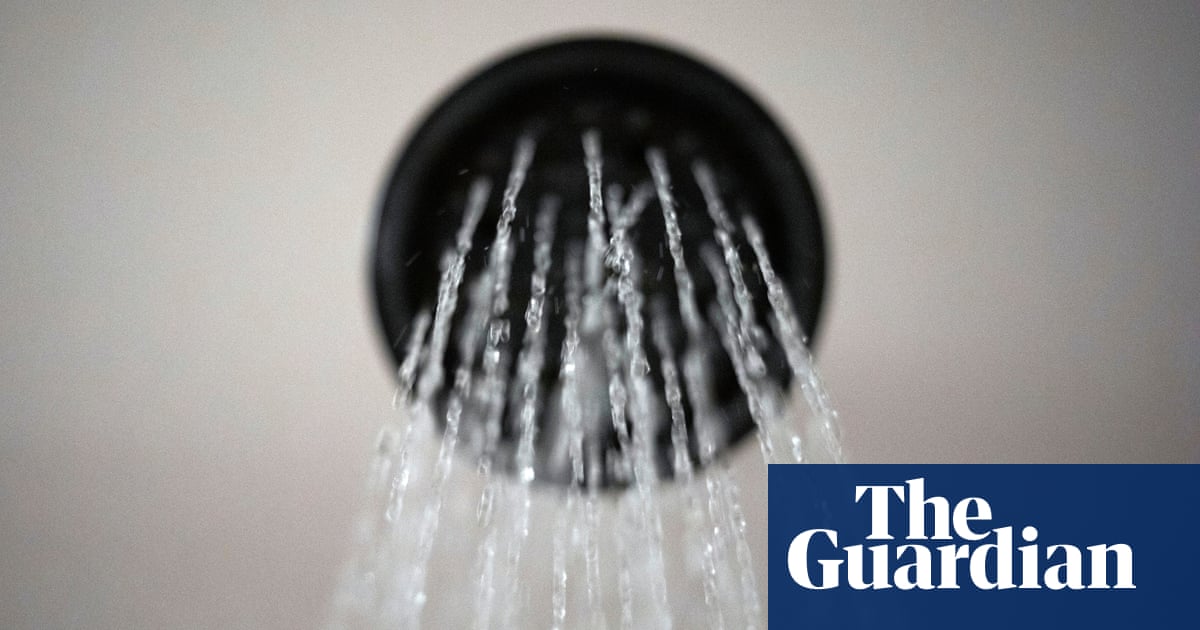- cross-posted to:
- [email protected]
- cross-posted to:
- [email protected]
“In my case, I like to take a nice shower to take care of my beautiful hair,” Trump said as he signed the executive order, which the White House said would apply to multiple household appliances, including toilets and sinks. “I have to stand under the shower for 15 minutes until it gets wet. It comes out drip, drip, drip. It’s ridiculous.”
to take care of my beautiful hair
The Onion staff on suicide watch
They have no work left to be done.
Thank God. Trump is saving America. This is like our #1 problem 💪🇺🇲🦅
He signs an executive order to change things nationally when all he apparently needed was a plumber.
Unless I’m missing something, it was about flowrates in showers and sinks…
Nothing about showers, he’s just rambling.
I’m generally fine with removing water efficiency regulations. The government should be internalizing any externalities associated with water availability via the price of water, anyway, not mandating specific solutions, and if you do that then you’ve solved the problem. If people want to pay what it costs to obtain water for some use, that’s fine in my book, and that solves the problem, lets them incorporate their values. If you don’t want to be paying high water bills, then get water-efficient appliances. If you want to pay the cost of obtaining extra water because you want a longer shower or a lawn or a pool or whatever, knock yourself out. I’m fine with the government mandating water-efficiency labeling, so that people can make informed comparisons about how much a shower head or toilet or whatever uses, but it should be individuals making the value calls on where they want water usage to be.
There are cases where there are legitimate emergencies, where the market has no time to respond, and you have to ration a good. Say that, oh, there’s a dam failure. Okay, sure. Then having regulations that restrict any non-essential water use is fine. But that’s a different scenario from the long-run stuff associated with water use efficiency on appliances.
If you aren’t internalizing costs associated with water consumption into the price of water, then it’s not just that you aren’t just incorporating end-user usage preferences, you’re opening yourself to problems where people inefficiently use the limited resource in some other way that you haven’t accounted for.
Given time, you can get more water — it’s just a function of how expensive it is to obtain, purify, and transport.
-
You can build more water transport infrastructure – California moves residential water across the whole state; it has rainforest in the north and desert in the south.
-
You can process sewage and recover water from that, make your water system a closed loop.
-
In many places, you can desalinate water from the ocean — San Diego, which is in the coastal desert, buys desalinated water for $3,400 per acre foot as of 2024 – and California has fairly expensive electricity as the US goes, which is a major input there. Looking online, depending upon water usage, a typical household might use somewhere between 1 and 0.25 acre-feet per year.
This guy is trying to make a long shower something only the wealthy can access.
Counterpoint: limit water flow in shower heads and toilets to a reasonable amount in order to keep costs down for everyone.
-
Is there really some issue with plumbing in US or is it all in his head?
I removed the flow regulator from my shower head as it gets clogged by my hard water.
You can put it in a glass of hot watter with couple of spoons of citric acid in it for 5 minutes and put it back, and it will be good again for a month or so
I’ve used vinegar, but that sounds a lot quicker
Yeah, i do this with my faucets.







